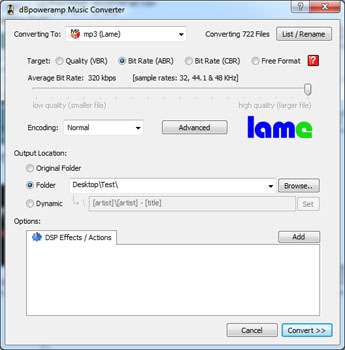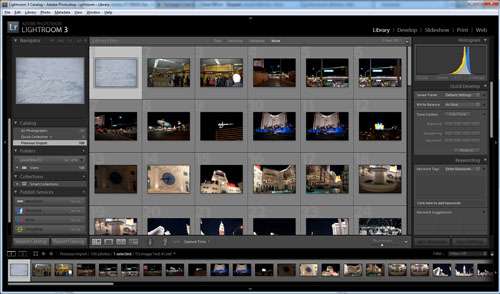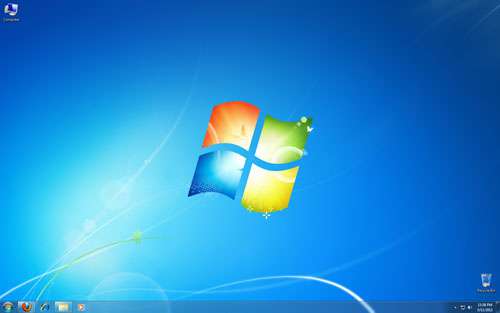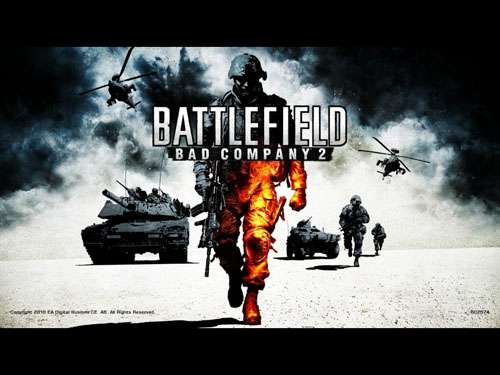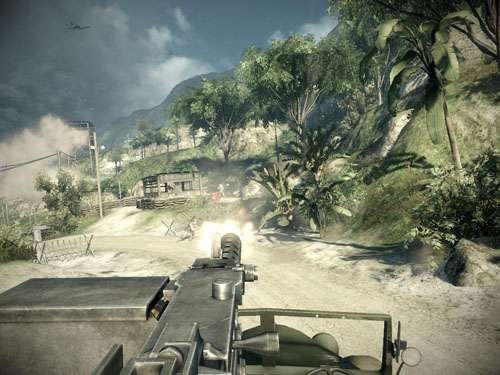- Qualcomm Launches Snapdragon 4 Gen 2 Mobile Platform
- AMD Launches Ryzen PRO 7000 Series Mobile & Desktop Platform
- Intel Launches Sleek Single-Slot Arc Pro A60 Workstation Graphics Card
- NVIDIA Announces Latest Ada Lovelace Additions: GeForce RTX 4060 Ti & RTX 4060
- Maxon Redshift With AMD Radeon GPU Rendering Support Now Available
Intel’s Smart Response; SSD Caching Tested
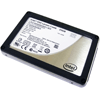
Interested in faster-than-mechanical performance but don’t want to splurge on a big SSD? Intel has a tech for that, and it meets you half-way by utilizing a modestly sized SSD for caching purposes, used in conjunction with any HDD you want for total storage. Read on as we cover both the setup process and our real-world test results.
Page 4 – Real-World Results
I didn’t want to dwell on synthetic test results too much because they do not tell the whole story, so this is where we start running actual applications that help us with daily tasks. One such task that has become increasing popular is audio encoding, so for that we use dBpoweramp, which is part of our standard hard drive testing suite. This application allows for music to be converted into different formats while using each processor core (or thread) to work on a separate file. The results below are from converting 100 FLAC files to MP3 using the highest quality settings possible within the application.

Now this is more like it! Quantifiable data with huge gains! Clearly music encoding, in this instance at least, will benefit from disk caching. But there is a catch. The same files need to be encoded more than once. For some, this is what they do frequently so they will welcome the performance boost. For others who encode files once and forget about them, there really will not be any improvement since the data needs to be cached first.
Another application that we use in our hard drive testing suite is Adobe’s Lightroom. It allows images to be converted to standard formats such as JPEG. In this test, 100 raw Nikon images (.NEF) were converted into JPEG format at 1000×669, so in addition to converting to a different format, scaling must also be performed.

Oddly enough there was no difference between the three modes, which is in stark to what was found when encoding audio in the previous test. I was tempted to drop these results from the review seeing how there was no improvement over a standalone hard drive, but decided to leave it as it demonstrates that not every task will benefit from disk caching.
Shorter loading times are something that everybody can get behind because starting and restarting a computer is inevitable. It is likely one of the most common tasks for the average user and can be excruciating when there is something important that needs to be done.
Our stopwatch was started when the “Loading Operating System” message appeared and was stopped once the local area connection in the system tray displayed a red X to indicate no connectivity at which time the desktop was then usable.
The time during POST was not included since this can change from board to board. A standard Windows installation was used with no tweaks made to any services since this is what most users will likely have instead of a stripped-down version such as the one we normally use for hard drive testing.

14 seconds is 14 seconds and in my opinion is a huge improvement. Again, there is a slight increase when maximum acceleration was enabled but I’m at a loss as to why. Seeing how the loading of the operating system is just about all read data, I would have been surprised if the numbers were any less.
For the gamers out there, I haven’t forgotten about you. Seeing how I am currently playing EA’s Battlefield Bad Company 2, I figure I would use it for testing since I would be more likely to notice any performance gains than in other games.

Finally, some results that fall in line with what they should be! Good, better and best. While load time to the title screen may not be too important, it’s indicative of how level loading will play out seeing how it will be all read actions. Level loading will only come into play if a level needs to be restarted or replayed because again, the data must first be cached.
To see just what performance gains if any are found in game, I tested a section of the first mission in Battlefield Bad Company 2 where the player mans a .50 calibre gun attached to the back of a vehicle. This was chosen because it is a guided section of game play with static targets meaning there is very little room for variation so the data being read from the solid-state drive should be the same during each run.

There isn’t much to see here as all three modes yield less than 2 frames-per-second difference between them. This may help out ever-so-slightly in a slower system or at higher resolutions where components are utilized more to pump out descent frame rates but I am really surprised that the gains were not higher. This could prove or at least support the idea that modern SATA drives are not as large of a bottleneck as some may think where gaming is concerned. Take that Windows Experience Index!
So after all of this, I am left wondering myself if Smart Response Technology is all it’s cracked up to be, but I will let you decide.
Support our efforts! With ad revenue at an all-time low for written websites, we're relying more than ever on reader support to help us continue putting so much effort into this type of content. You can support us by becoming a Patron, or by using our Amazon shopping affiliate links listed through our articles. Thanks for your support!




